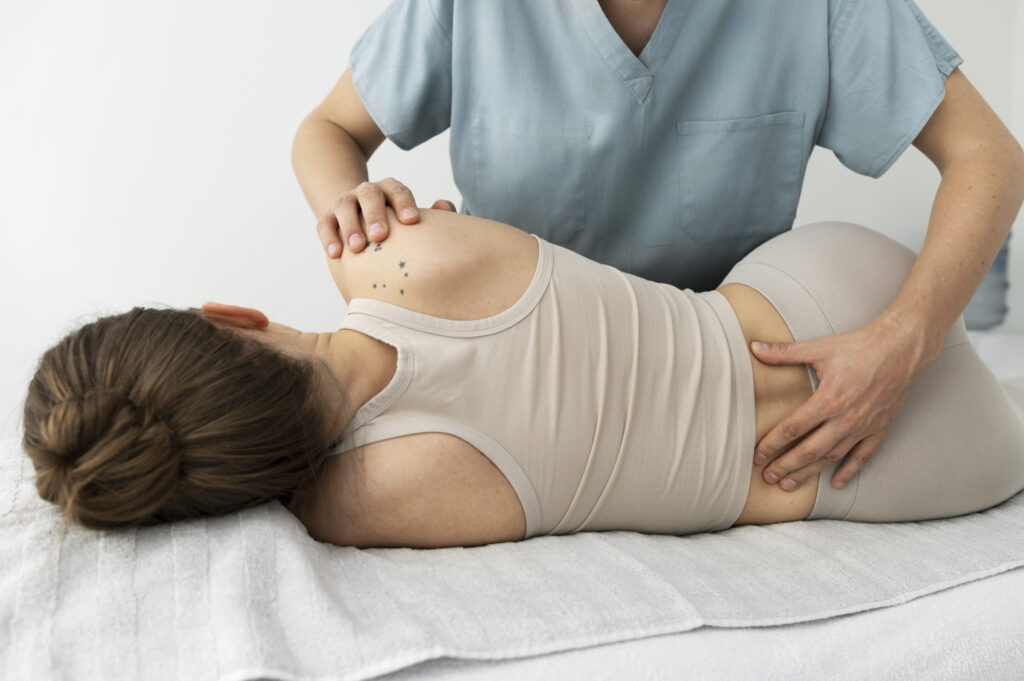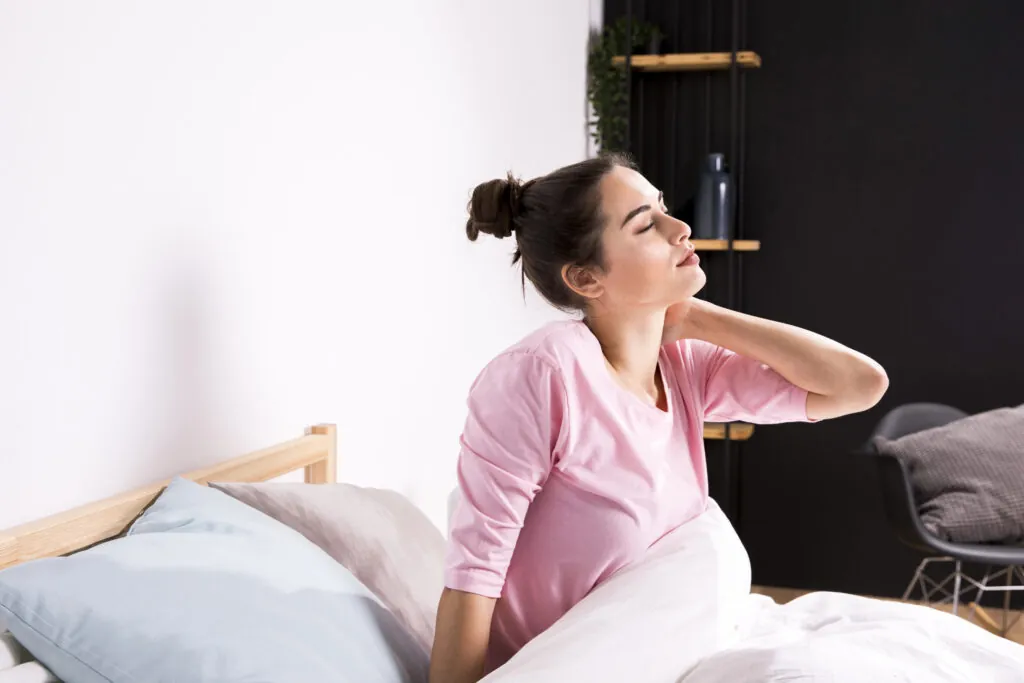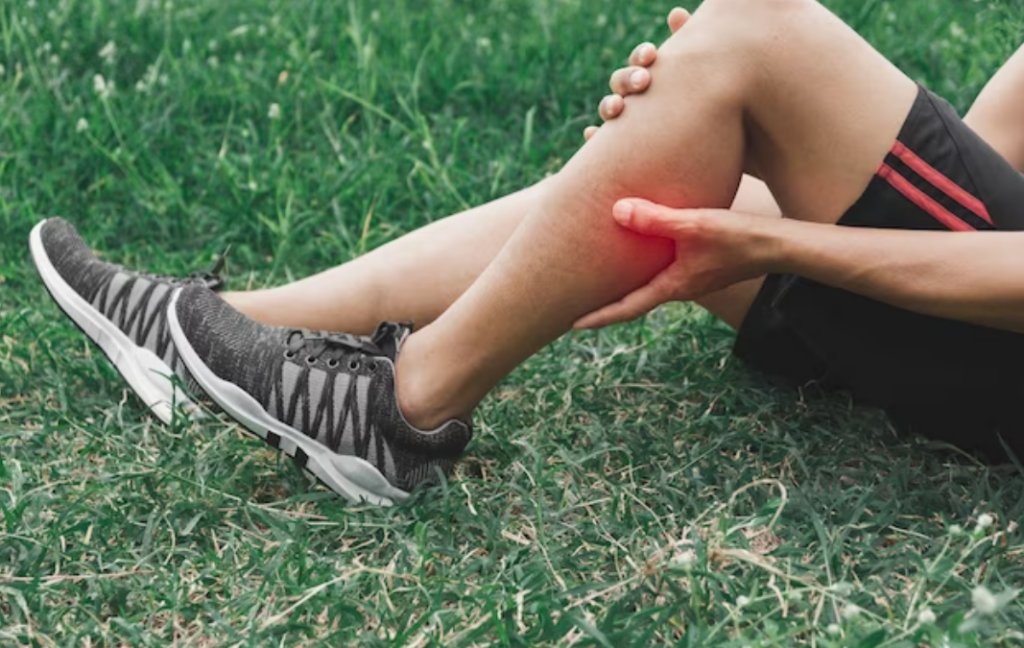If you're dealing with lower back pain in Fort Worth, you might be searching for effective ways to find relief. It's vital to evaluate a range of options, from local treatment facilities to simple home exercises that can make a significant difference. You'll want to explore how adjustments in your daily routine and posture can contribute to long-term improvement. But before you start, there's an important aspect about lifestyle changes that could reshape your approach to pain management.
Understanding Lower Back Pain
When it comes to understanding lower back pain, it's vital to recognize that you're not alone—millions of people experience this issue at some point in their lives. This discomfort can stem from a variety of causes, including poor posture, muscle strain, injuries, or even underlying health conditions. By understanding the factors that contribute to your pain, you can take the first steps toward finding relief.
You might notice that your pain varies in intensity and type, ranging from a dull ache to sharp sensations. This fluctuation can be influenced by your daily activities, stress levels, and overall physical condition. For instance, if you sit for long periods, you may find your pain worsening due to muscle stiffness and poor alignment.
On the other hand, engaging in physical activity can sometimes alleviate discomfort, but overexertion can also lead to increased pain.
Additionally, emotional factors play a significant role in how you perceive and experience pain. Stress and anxiety can exacerbate your discomfort, making it essential to address not only the physical aspects but also the mental and emotional components of lower back pain.
It's important to pay attention to your body and recognize the signs it's giving you. By identifying triggers and patterns in your pain, you can better prepare for and manage flare-ups.
Understanding lower back pain empowers you to take control of your health and seek appropriate interventions to improve your quality of life.
Local Treatment Options
Numerous local treatment options can effectively alleviate lower back pain, helping you regain mobility and comfort. When you're dealing with discomfort, exploring these resources can make a significant difference in your daily life.
One option is physical therapy. A licensed therapist can design a program tailored to your specific needs, incorporating strengthening and stretching exercises to support your recovery.
Chiropractic care is another popular choice. Chiropractors focus on spinal adjustments to relieve pain and improve alignment, often providing immediate relief.
You might also consider acupuncture, an ancient practice that involves inserting thin needles into specific points on the body to relieve pain and promote healing. Many people find this method effective in reducing lower back pain.
Finally, massage therapy can help relax tight muscles, enhance circulation, and ease tension in the back, providing you with a soothing experience.
Here's a summary of local treatment options:
- Physical Therapy: Customized exercise programs for recovery.
- Chiropractic Care: Spinal adjustments for pain relief and alignment.
- Acupuncture: Needle therapy to promote healing and reduce pain.
- Massage Therapy: Relaxation and improved circulation for tight muscles.
Home Remedies and Exercises
Home remedies and exercises can play an essential role in managing lower back pain and enhancing your overall well-being. Incorporating simple practices into your daily routine can help alleviate discomfort and promote healing.
Start with heat therapy; applying a warm compress or heating pad to your lower back for 15-20 minutes can increase blood flow, relax tight muscles, and reduce pain. Alternatively, cold therapy can also be effective. Use an ice pack for 15-20 minutes to numb the area and decrease inflammation.
In addition to these remedies, regular stretching and strengthening exercises can provide significant relief. Try gentle stretches like the cat-cow stretch or child's pose to improve flexibility and ease tension in your back. Both can be performed daily to help maintain mobility.
Strengthening your core muscles is equally important; exercises like planks and bridges can help stabilize your lower back and support proper alignment.
Don't forget the importance of staying active! Activities like walking, swimming, or cycling can improve circulation and promote overall health. Aim for at least 30 minutes of moderate exercise most days of the week.
Finally, consider incorporating mindfulness practices such as yoga or meditation to manage stress, which can contribute to muscle tension and pain.
Importance of Good Posture
Maintaining good posture is essential for preventing and alleviating lower back pain. When you sit or stand correctly, your spine aligns properly, reducing strain on your muscles and ligaments. It's easy to overlook this aspect of your daily life, but being mindful of your posture can make a significant difference in how you feel.
Here are some key benefits of maintaining good posture:
- Reduces strain on the spine: Proper alignment helps distribute weight evenly, minimizing pressure on your lower back.
- Improves circulation: Good posture allows for better blood flow, ensuring your muscles receive the oxygen they need to function efficiently.
- Enhances breathing: Standing tall or sitting straight opens your chest, making it easier to breathe deeply and efficiently.
- Boosts confidence: Good posture can enhance your self-esteem and how others perceive you, leading to a more positive outlook.
You can start by being aware of your posture throughout the day. When sitting, keep your feet flat on the floor and your back supported.
If you're standing, distribute your weight evenly on both feet. Regularly check in with yourself to adjust your posture as needed.
By making these small changes, you'll not only alleviate lower back pain but also improve your overall well-being.
Lifestyle Changes for Prevention
Prevention is often the best medicine when it comes to lower back pain, and making lifestyle changes can greatly reduce your risk.
Start by incorporating regular physical activity into your routine. Aim for at least 30 minutes of moderate exercise most days of the week. Activities like walking, swimming, or cycling can strengthen your back muscles and improve flexibility, providing essential support for your spine.
Next, pay attention to your weight. Maintaining a healthy weight reduces the strain on your back, so focus on a balanced diet rich in fruits, vegetables, whole grains, and lean proteins. Stay hydrated and limit processed foods high in sugar and unhealthy fats.
Don't overlook the importance of proper lifting techniques. When lifting heavy objects, bend at your knees and keep the object close to your body. Avoid twisting your torso while lifting, as this can put undue stress on your back.
Incorporating stretching into your daily routine can also be beneficial. Simple stretches for your back, hips, and legs can enhance flexibility and prevent stiffness. Consider practicing yoga or Pilates, which can strengthen your core muscles and improve posture.
Finally, make sure to get quality sleep. A supportive mattress and proper sleeping position can have a profound effect on your back health.
Conclusion
To sum up, addressing lower back pain in Fort Worth involves a combination of local treatments and self-care strategies. By seeking professional help, incorporating regular exercise, and maintaining good posture, you can greatly improve your comfort. Don't forget the power of home remedies like heat or cold therapy. With these steps, you'll be better equipped to manage your pain and prevent future issues, allowing you to enjoy a more active and fulfilling life.



